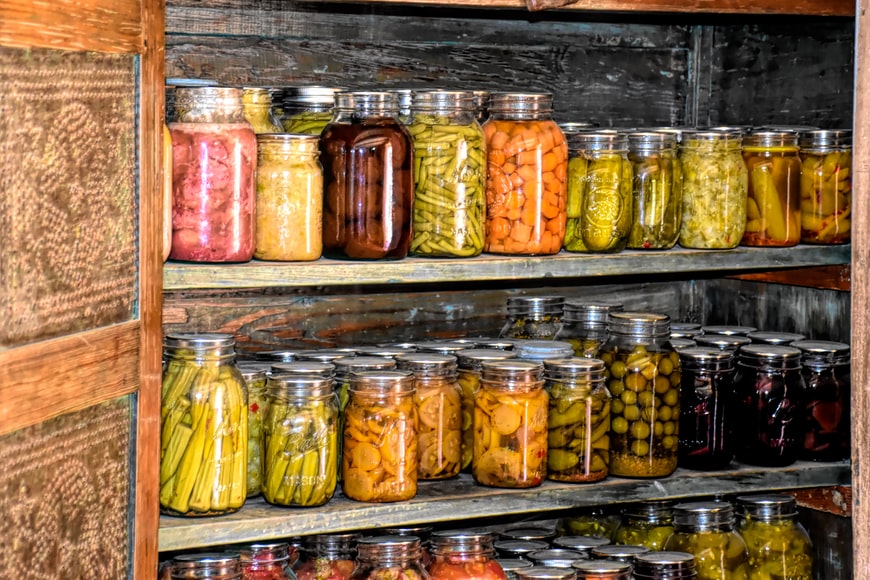We Indians prefer our curry, dhals, and even our desserts to have enough of sharp, acidic, and pungent flavours to go with them. For as long as I can remember, I’ve always preferred mango pickle to lime pickle with my payasam (kheer/dessert). My mother loves lime pickle so much that she’s always worked hard to make sure that I get to have the same. My mom found in a will way to create every possible kind of pickled during every season, and thus in my place, every time becomes pickled season for or another. As soon as the weather starts to warm up, tiny mangoes begin to sprout from the exotically scented mango blossoms that had earlier driven bees and wasps crazy. When a few fragile mangoes fall to the ground, they are quickly gathered up, cleaned of dirt, and immersed in brine to preserve their freshness. Lime and lemon are next in line, followed by hog plum (ambazhanga), gooseberry (ginger), chilli (orange peel), lemon (lime), and finally winter vegetables (lemon).
Even in the Middle East, pickles are often made of vegetables preserved in salt, but in India they’re a completely different matter. Everything from simple brined fruits and vegetables to more elaborate preparations with a plethora of red chilli, ginger, garlic, and other seasonings is available here. Pickling methods and even the condiments and oils preferred for pickling vary by location in India. Mustard oil is commonly used to make pickles in northern India, although sesame oil is more commonly used in the south (gingelly). Traditionally, Kerala pickles do not contain any oil and are kept in brine, although this has evolved throughout time and some pickles are seasoned with oil.

This chilli pickles is one of our household favorites and so when we lived in north, mum used it to prepare kilogrammes of it using enormous red chilli peppers that would emerge in the markets throughout winters. I couldn’t find any in the local grocery, so I settled for the milder local green chiles as a substitute. Larger than bird eye chiles, these can be obtained at any grocery that carries Indian food.
To begin, wash and drain the chiles, then pat them dry with a dish towel. Once you’ve made damn sure that there’s no wetness on these chilies, de-stalk them, slice them directly through the center with joints intact & de-seed them as well. Only if you’re a sadomasochist should you leave the seeds in.
Recipe for stuffed pickle with cold filling
- A weight of 750 grammes sliced and deseeded huge green/red chile pepper
- 3 teaspoons coarsely crushed fennel seeds
- Finely ground mustard: 2 teaspoons
- Coarsely grind 1 tablespoon cumin
- Finely ground methi (fenugreek)
- No more than 1 tea spoonful of nigella/kalonji spice
- About 1 cup of asafoetida powder or hing and 2 tablespoons of mustard oil
- 4 tbsp. of table salt
- 4 tsp. turmeric/haldi powder
- Simmer 1 tablespoon of white vinegar/sirka in 1 quart of water
Method
Don’t let the word “coarse” scare you away from making this dish. You can remove all the seed and roast them in a skillet before milling them together in a food processor. To manufacture a coarse spice mixture, just a few buzzes should be plenty. We’re not looking to create a powder. Plate the spice mixture after adding salt, turmeric, and asafoetida and mixing well.
Ensure that the chiles are completely dry before moving on to the next step.
Pour in two tablespoons of vinegar, then mix thoroughly with your hands to incorporate the mustard oil. Fill each chilli to the brim with the stuffing mixture, and continue until all of the chilies and filling have been used.
Pour a cup of sesame oil on top of the chilies and expose the jar to sunlight for three to five days in a large pickle jar. Also, if you live in a cold climate, try to spend at least 10 days a week outside.
